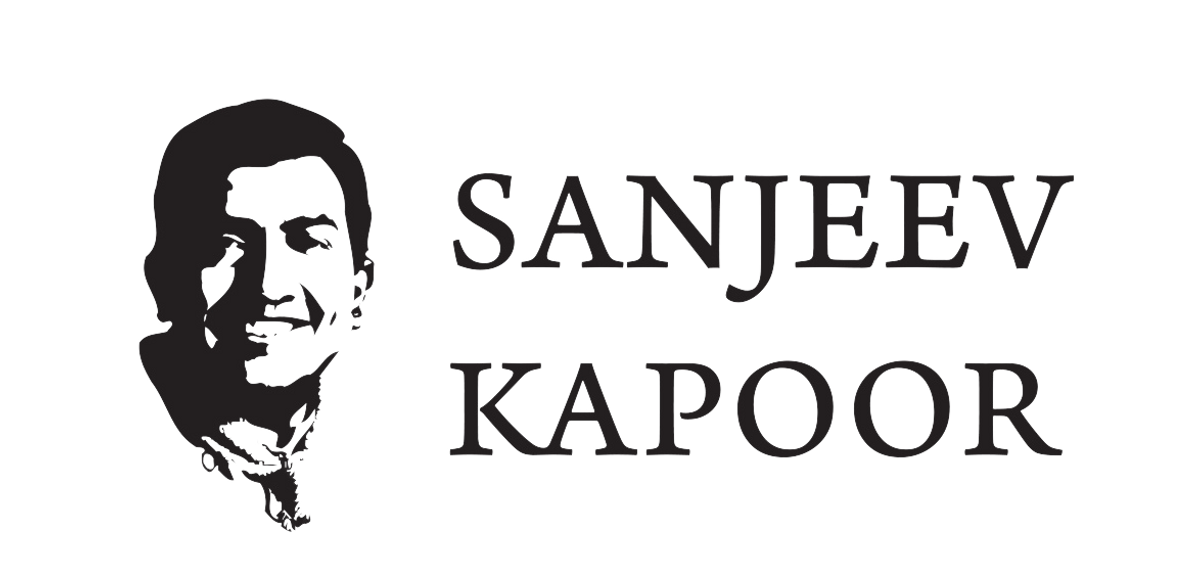Mithai
mittai
Mithai are the confectionery and desserts of the Indian subcontinent. Thousands of dedicated shops in India, Bangladesh, Nepal, Pakistan and Sri Lanka sell nothing but sweets.[citation needed] Sugarcane has been grown in the Indian subcontinent for thousands of years, and the art of refining sugar was invented there 8000 years ago (6000 BCE) by the Indus Valley civilisation. The English word "sugar" comes from a Sanskrit word sharkara for refined sugar, while the word "candy" comes from Sanskrit word khaanda for the unrefined sugar – one of the simplest raw forms of sweet. Over its long history, cuisines of the Indian subcontinent developed a diverse array of sweets. Some claim there is no other region in the world where sweets are so varied, so numerous, or so invested with meaning as the Indian subcontinent. In the diverse languages of the Indian subcontinent, sweets are called by numerous names, a common name being mithai. They include sugar, and a vast array of ingredients such as different flours, milk, milk solids, fermented foods, root vegetables, raw and roasted seeds, seasonal fruits, fruit pastes and dry fruits. Some sweets such as kheer and barfi are cooked, varieties like Mysore pak are roasted, some like jalebi are fried, others like kulfi are frozen, while still others involve a creative combination of preparation techniques. The composition and recipes of the sweets and other ingredients vary by region. Mithai are sometimes served with a meal, and often included as a form of greeting, celebration, religious offering, gift giving, parties, and hospitality in the Indian subcontinent. On South Asian festivals – such as Holi, Diwali, and Raksha Bandhan – sweets are homemade or purchased, then shared. Many social gatherings, wedding ceremonies and religious festivals often include a social celebration of food, and the flavors of sweets are an essential element of such a celebration.
Source: Wikipedia
Recipes

13 Best Mithai Recipes | Popular Indian Dessert Recipes - NDTV Food
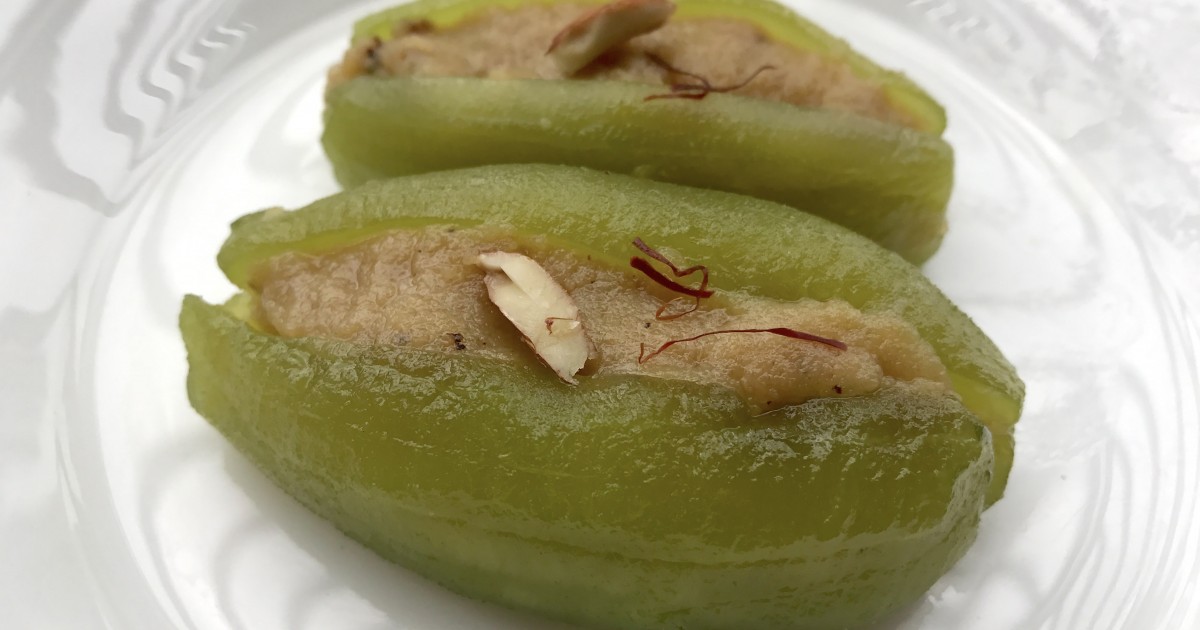
Parwal Ki Mithai Recipe - How To Make Parwal Ki Mithai
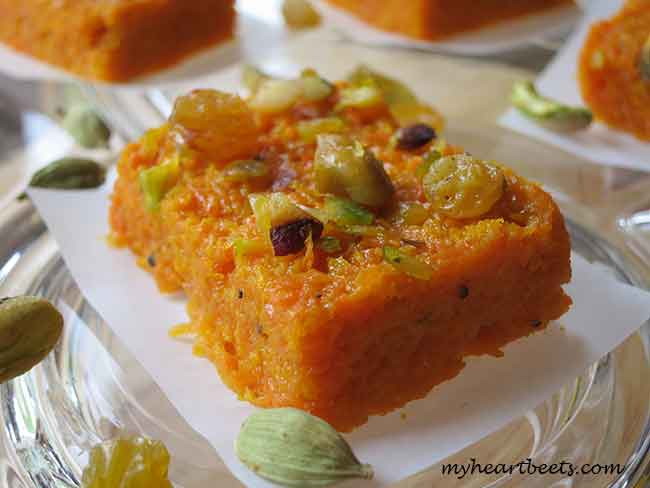
Healthy Gajar Halwa or Gajar Mithai (Carrot Fudge) | My Heart Beets
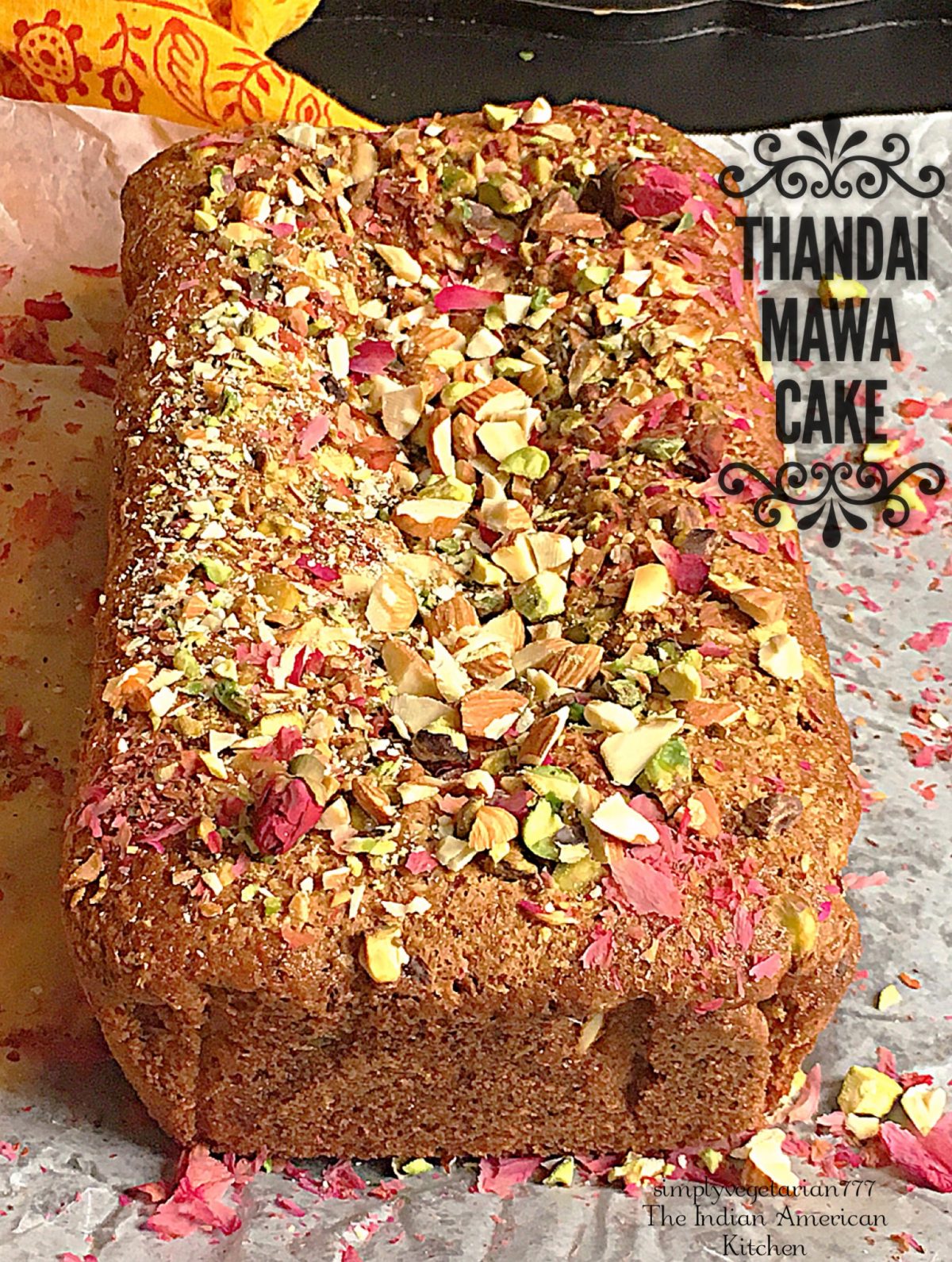

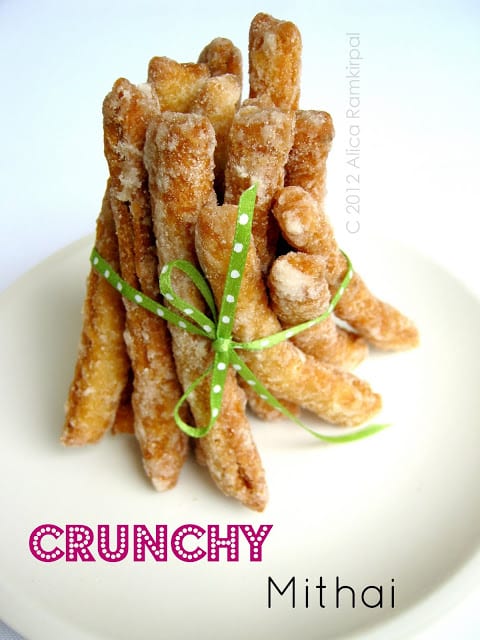

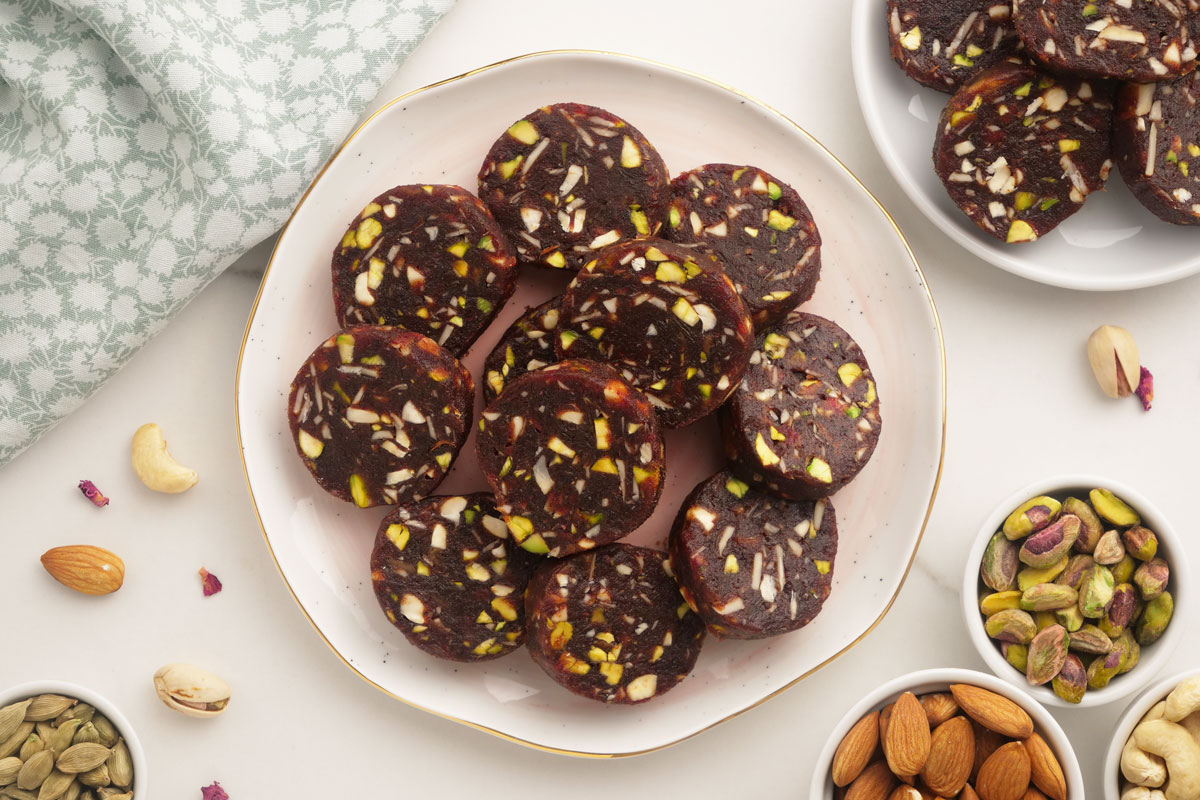
:max_bytes(150000):strip_icc()/818933-9c49017f21c94c1fba516840c31ea373.jpg)




